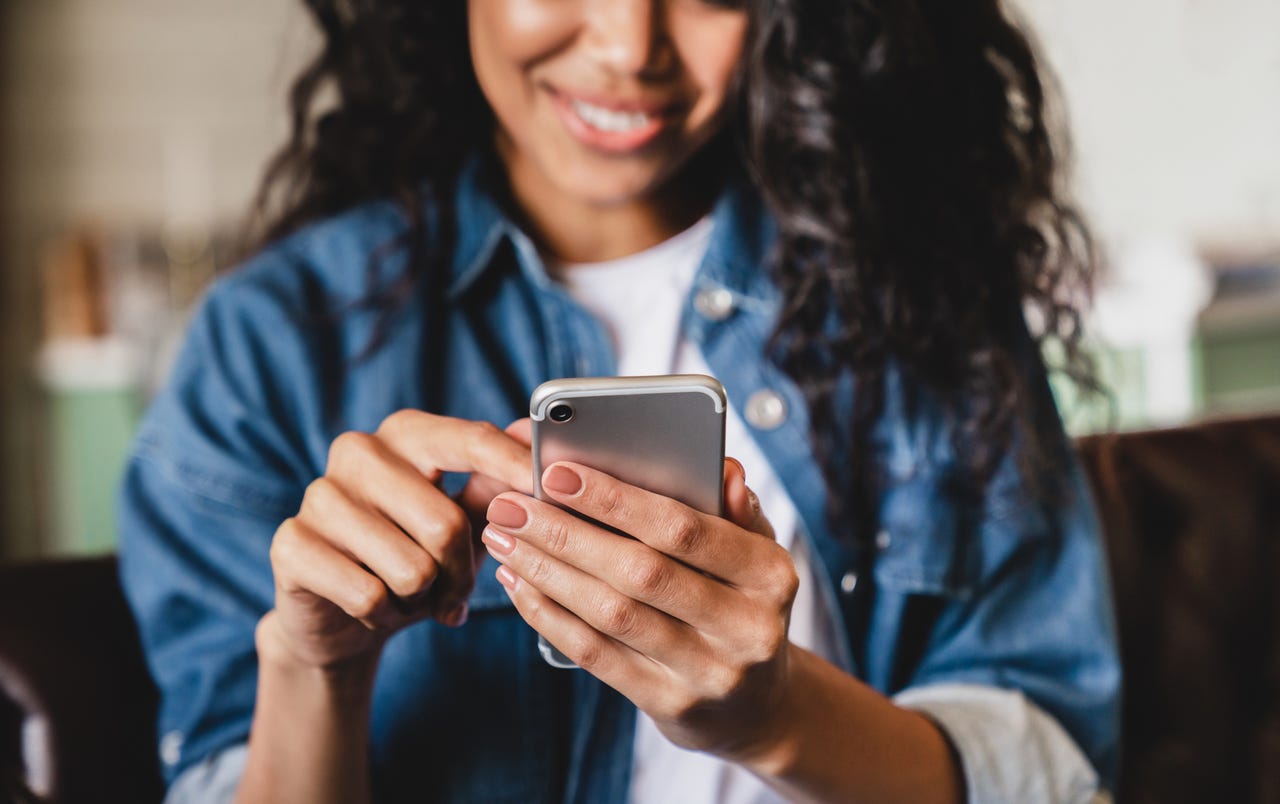'ZDNET Recommends': What exactly does it mean?
ZDNET's recommendations are based on many hours of testing, research, and comparison shopping. We gather data from the best available sources, including vendor and retailer listings as well as other relevant and independent reviews sites. And we pore over customer reviews to find out what matters to real people who already own and use the products and services we’re assessing.
When you click through from our site to a retailer and buy a product or service, we may earn affiliate commissions. This helps support our work, but does not affect what we cover or how, and it does not affect the price you pay. Neither ZDNET nor the author are compensated for these independent reviews. Indeed, we follow strict guidelines that ensure our editorial content is never influenced by advertisers.
ZDNET's editorial team writes on behalf of you, our reader. Our goal is to deliver the most accurate information and the most knowledgeable advice possible in order to help you make smarter buying decisions on tech gear and a wide array of products and services. Our editors thoroughly review and fact-check every article to ensure that our content meets the highest standards. If we have made an error or published misleading information, we will correct or clarify the article. If you see inaccuracies in our content, please report the mistake via this form.
5 ways to keep your smartphone working like new, for longer


Smartphones have become a vital piece of hardware that most of us carry around daily. But as the years with your current phone go on, you may find that your battery is draining quicker, you're running out of storage, and your phone has picked up a few more scrapes and scratches than you might like. It may seem like the better option is to buy a new phone, but constantly upgrading your phone can burden the environment and your budget.
Also: The best phones right now
Thankfully, there are things you can do to make sure your current phone lasts as long as possible. Here are a few tips that will help you keep your shiny new phone looking fresh for longer, which means some extra money in your pocket, too.
1. Update your smartphone software regularly
Many people can relate to ignoring the annoying notification that pops up when your phone requires a system update. And often, people wait days or weeks before they finally update the software. But it's a much better idea just to get the updates done.
Also: 7 things you didn't realize your phone can do
As well as new features, software updates offer a list of benefits for end-user satisfaction and privacy, such as bug fixes, increased performance, improved security, and better app compatibility. Software updates also keep your phone safe from malware and hackers. When a phone runs on older software, passwords, banking information, photos, and contact information are more vulnerable to hackers.
So, please update your phone. It might be more important than you thought.
2. Look after your phone's battery
Maybe the most common reason why smartphone users justify buying a new phone is that the capacity of their current phone's battery has decreased significantly. And although most modern smartphones use rechargeable lithium-ion batteries, these aren't meant to last forever. But just because your phone's battery health is declining, that doesn't mean you have to get rid of your phone.
There are many factors that can contribute to your phone's battery life declining. These range from the size and number of apps downloaded onto your phone to the number of pictures stored on your phone or the brightness of your screen.
Also: Battery bad after installing an update? Try these tips
Users can preserve their phone's battery life in many ways. Many of us probably charge our phone to 100% overnight by leaving it plugged in while we sleep, but experts say there are smarter ways of doing it. ZDNET's Adrian Kingsley-Hughes, for example, has switched to two charging sessions during the day instead.
Smartphone batteries start to decline after a certain number of charges, so it makes sense to limit that where possible, by being thoughtful about how you use the energy. Day to day, you can keep your battery from draining by turning down brightness, and disabling location services and Bluetooth connectivity when you're not using them, as these features constantly run in the background and take the juice from your battery. Notifications that light up your screen (the biggest user of your battery) can also rapidly drain your energy.
Also: How to find out what apps are draining your Android battery
But once your phone's battery has reached the point of no return -- usually around two to three years, according to most manufacturers -- you can consider replacing your battery before writing off your current smartphone.
You can take your smartphone to a local repair shop, send your phone back to its manufacturer for repair, or, if you're brave enough, you can replace it yourself. Battery replacement toolkits from iFixit can cost between $20 and $250, depending on how new your phone is. Still, that's much cheaper than buying a new phone.
3. Use your storage wisely
Apps, photos, downloaded files, and many more accumulated downloadables end up on your phone after you've had it for a while. And soon enough, your phone will notify you that it's running out of space. So, what can you do? Sure, you can upgrade to a newer phone with more internal storage, but there are some other solutions that you can try before you buy.
Also: How to buy more iPhone storage
If you have an iPhone, consider upgrading to an iCloud+ plan. The cheapest plan is 99 cents a month for 50GB. That's the best plan if you're the only person using it and need extra space for photos, videos, files, apps, and device backups. If you're on Android, then your Google Account has 15GB of cloud storage -- or you can upgrade to Google One, which boosts that to 100GB.
And to keep even more space, consider regularly deleting apps, photos, videos, and downloaded files you don't use anymore, or simply move them to a different device.
4. Protect your device's hardware
Though this is the most obvious way to protect your phone, plenty of people forget. But a sturdy phone case and screen protector can go a long way. Most smartphones are made with glass on the front display and the back cover. Glass is the material of choice for smartphone manufacturers, as it is more compatible with wireless charging than aluminum.
But after a few sketchy drops where your phone comes out unscathed, it only takes one odd fall for your display to shatter completely. And it can cost hundreds of dollars to replace the glass on your phone, so consider a strong phone case and screen protector.
Also: Best iPhone 14 Pro cases | Best Samsung Galaxy S23 cases
Most people choose between plastic and glass screen protectors. Plastic protectors are durable, reusable, and long-lasting, but can cloud your display with scratches and easily spotted fingerprints. Tempered glass is stronger than regular glass and can absorb blows to your front display. However, these protectors must be replaced when they break, as they lose their strength.
Phone cases help protect the back of your phone and your back camera from damage. Some cases are waterproof, so you can have peace of mind using your phone by the pool or sink. Phone cases also allow you to add personality to your phone since you can change them as many times as you'd like.
But be sure to remove your phone case every now and then to clean your phone. Phone cases are meant to protect your phone, but are notorious for trapping dirt and dust. And as for dust and dirt, if these are clogging up your smartphone to the point you can't hear calls, here's something else to try.
5. Avoid extreme temperatures
Smartphones are not meant to operate in extreme conditions, and most perform optimally between 32 and 95 degrees Fahrenheit (0 to 35 degrees Celcius). If you've ever used your phone on the beach, at an outdoor event, or kept it in the sun while you drive, you may have noticed a notification that your phone was overheating.
Also: The best travel gadgets, according to tech and travel experts
When a smartphone overheats, the battery can become damaged. The battery can drain, the phone might force itself to shut down, and -- if it's too hot -- it may never turn on again after it shuts off. The same risks are apparent in frigid weather.
If you must have your smartphone out in the heat, turn off location and Bluetooth services, turn down your screen brightness, and disable all push notifications. If you notice your phone getting hot while driving or charging, remove it from its case. Phone cases can trap heat and expedite your phone overheating.